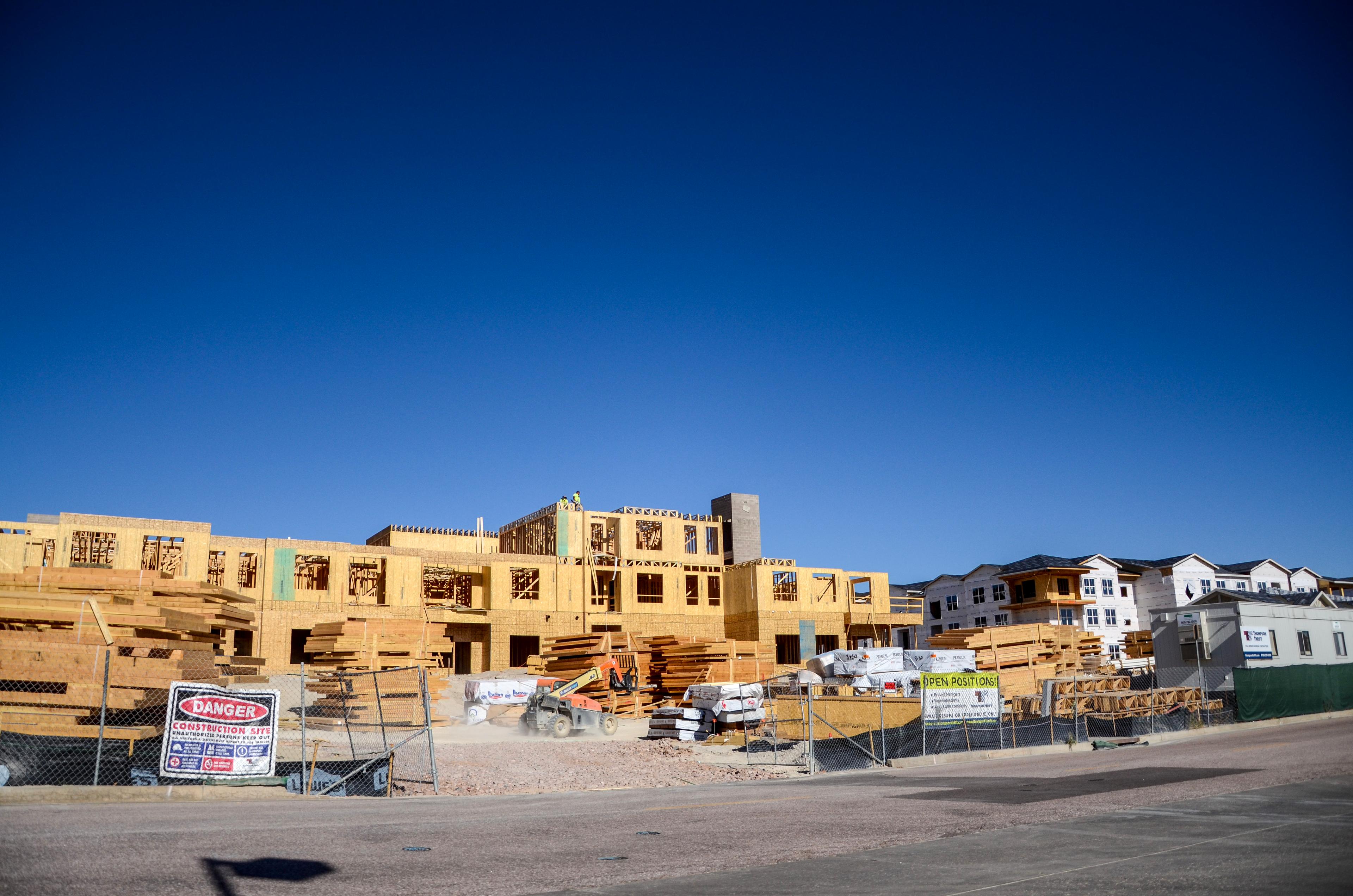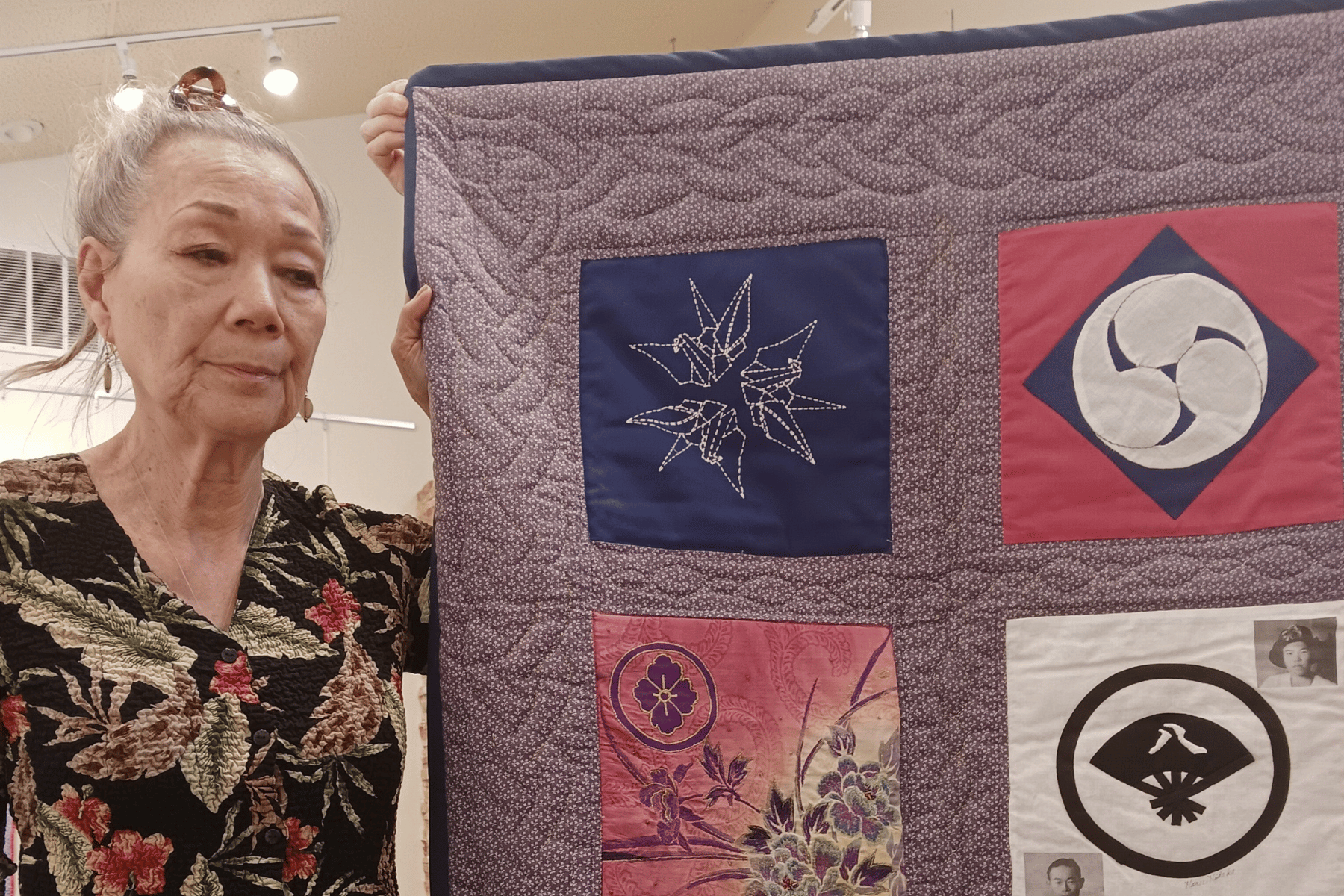
They say home is where the heart is.
According to a new report from the Colorado Health Institute that links housing and health, there might be some truth to the old proverb.
The report said that the home is the foundation for mental and physical well-being, and many Coloradans living without affordable and stable housing face major health obstacles.
The connection between housing and health is nuanced, said Ashlie Brown, director at the Colorado Health Institute. For example, families with children who live close to Interstate 70 in Denver not only pay for housing costs, but those children often have asthma and costly medical bills that compound costs for the family. And children with asthma miss more school than children without, according to the report.
Health can also be affected by expensive housing when people have to delay their medical care to avoid missing rent. For Coloradans who rent their homes and make less than $50,000 per year, 42 percent have put off a checkup and 35 percent have skipped medications, which can result in an illness going undiagnosed or worsening over time.
Focusing on seven communities in Colorado that are disproportionately affected by housing insecurity, the report evaluated various dimensions of housing insecurity including affordability, stability, accessibility, and home and neighborhood quality.
Recommendations include policy measures that will address a long history of systemic discriminatory housing policies, Brown said.
“It's gonna take a long time to undo the damage that's been created by all of those policies, and these solutions are in many ways just the first step forward, or maybe the second step forward,” Brown said. “They aren’t going to change the underlying systemic issues.”
The report was commissioned by the Health Equity Advocacy Cohort, funded by the Colorado Trust and made up of 18 organizations across the state including the Colorado Fiscal Institute, Colorado Children’s Campaign and the Valley Food Partnership. The goal was to provide context and to inform the cohort’s approach to housing and health.
The seven demographic groups in the report included people of color, Coloradans with low incomes, families with children, people in rural areas, people with disabilities, immigrants without documentation and those experiencing homelessness.
In Colorado, households with young children spend almost half their monthly income on housing and childcare alone, according to the report.
“Families have a really difficult time finding rentals units,” said Stephanie Perez-Carrillo, a policy analyst at the Colorado Children’s Campaign. “Households with kids are more likely to experience eviction, but then they’re shown fewer rental units than families without children.”
She said it especially affects children’s performance at school, and that of those families that have experienced eviction, some of them have also experienced homelessness. Of the more than 10,800 people who are homeless in Colorado, 3,250 are people in families with children. Colorado is among the worst-performing states for sheltering homeless families, according to the report.
Homelessness takes a toll on health. On average, those who are chronically homeless live 30 years less than people who have never been homeless, and they are more likely to face violence and suffer traumatic injuries. They are also at a higher risk of alcohol, drug use and overdose, as well as infections and diseases like tuberculosis and viral hepatitis, which are spread more easily among those who are homeless.
The demographic groups often overlap, Perez-Carillo said, and those who are at the intersection of various communities have unique needs. For example, low-income people who have disabilities and live in rural areas face a complicated set of problems when it comes to finding affordable, stable and quality housing.
Abbie Brewer, a community engagement specialist for Housing Resources of Western Colorado and the Valley Food Partnership, said there are 4,000 people living with homelessness in rural Colorado, and a quarter of rural homes have signs of mice or rats compared with just 9 percent of urban homes.
There are a few solutions Brewer thinks local and county governments in rural Colorado should consider, like implementing an Oregon policy that gives people who live in mobile homes an opportunity to purchase the land their home is on before the landlord sells it to a developer or other owner. She added that there are also rehabilitation services for older homes owned by senior citizens.
“We kind of have to think outside of the box with housing,” Brewer said. “Everything intertwines with housing, of course, health is a major factor, but also food insecurity, jobs. It’s just everything. When you stabilize that housing, things just seem to fall into place.”
The report recommended 11 housing strategies including addressing income discrimination, creating tax rebates or credits for lower-income renters and giving priority for affordable housing to applicants from the neighborhood where the housing is being built.
“It is going to be a long road to a more just and equitable housing landscape in Colorado,” Brown said. “But we do think there are things that we can do right now, and the first step is to get started.”









